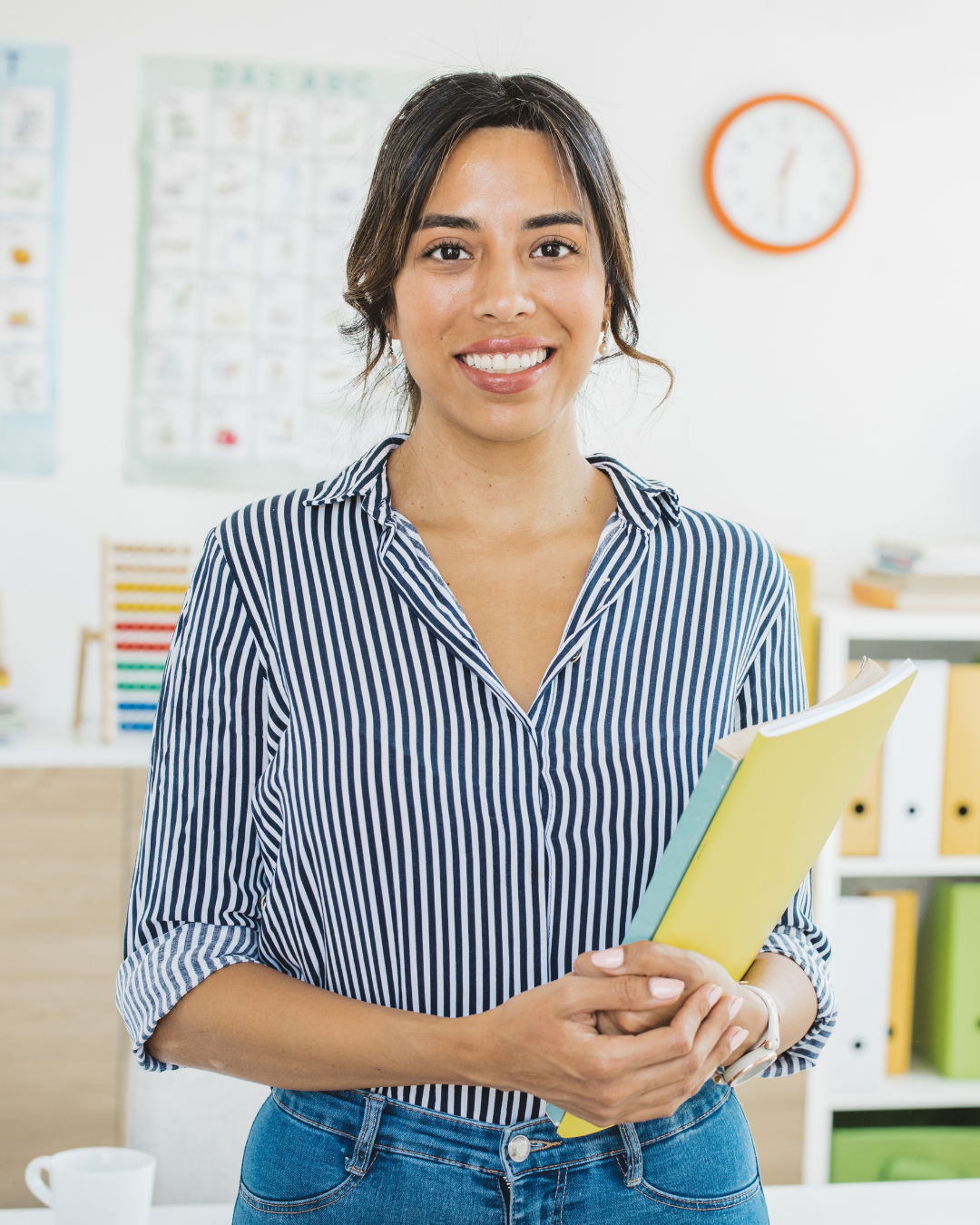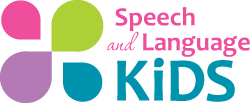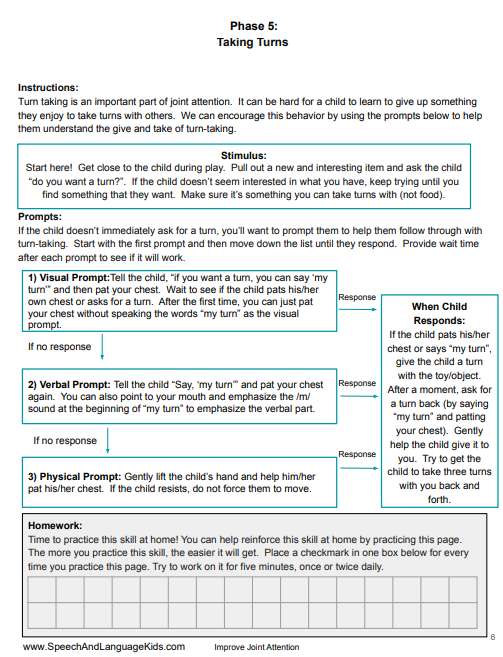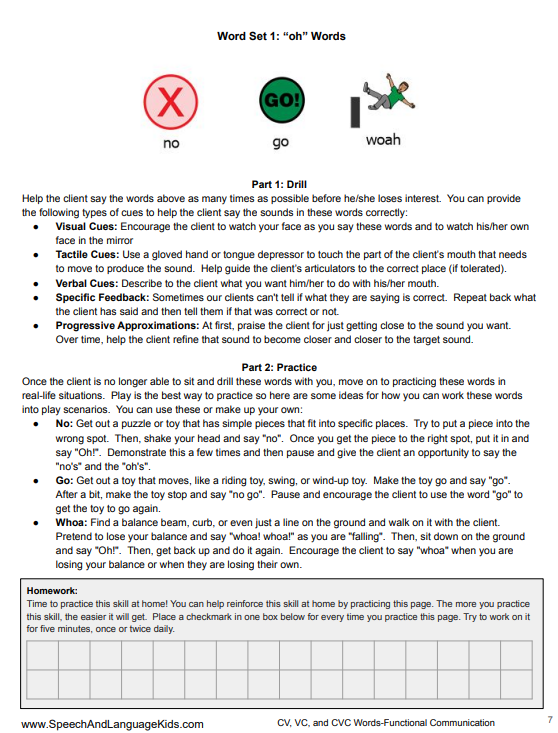Functional Communication Curriculums for Speech Therapy
A Step-by-Step Plan to Help Children Communicate Their Basic Wants and Needs
Give children the tools to express themselves — even if they’re just starting to find their voice.
Our functional communication curriculums guide you through teaching real-world communication skills that help children connect, request, protest, and share with others — in therapy, at home, or in daily routines.
You’ll have clear, ready-to-use plans that make every session meaningful and progress easy to see.
✅ Practical. Evidence-based. Life-changing.

Who’s it For?
Who Can Use It?
Choose your Curriculum:
You Don’t Have to Do This Alone.
Every child’s communication journey is unique — but you don’t have to reinvent the wheel for each one.
Our Speech Sound Curriculums are just the beginning. Inside the SLK Curriculum, you’ll find comprehensive therapy plans for every major area of communication:
- Language (vocabulary, grammar, comprehension, etc.)
- Speech sound pronunciation
- Social communication and pragmatic skills
- Fluency and stuttering
- Voice and resonance
- Functional Communication
Each curriculum walks you through the therapy process step-by-step — from first session to mastery — so you can spend less time planning and more time helping children and teens succeed.

Because when you have a clear plan, children make faster progress.
And when children start communicating clearly and confidently… everything changes.
Podcast: Play in new window | Download | Embed
Subscribe: Apple Podcasts | RSS







Leave A Comment